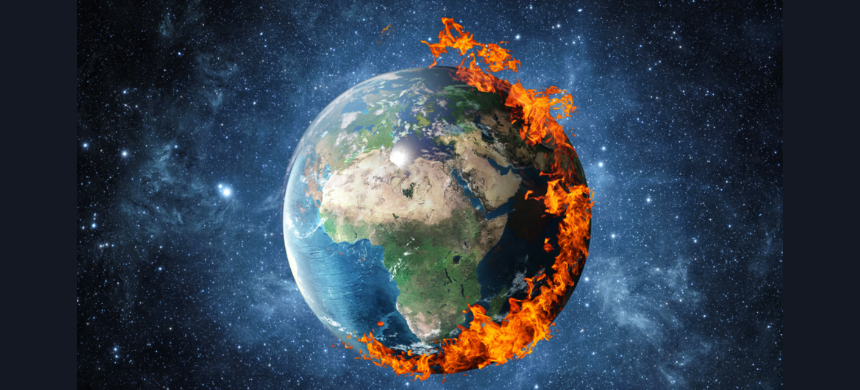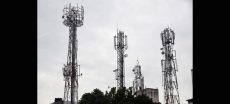If the Earth were to suddenly stop spinning, the consequences would indeed be catastrophic and far-reaching, affecting every aspect of our planet’s environment and life. Here’s a detailed look at the potential impacts:
Immediate Effects
Day-Night Cycle Disruption:
- One Side in Perpetual Daylight: The hemisphere facing the Sun would experience continuous daylight, leading to extreme heat. Temperatures could soar to levels that make survival challenging, akin to conditions on planets like Mercury.
- One Side in Perpetual Darkness: Conversely, the side in darkness would plunge into freezing temperatures, similar to the extreme cold found on other planets.
Atmospheric and Oceanic Impacts
Atmosphere:
- Extreme Winds: The atmosphere, still moving at the Earth’s original rotational speed (about 1,670 km/h at the equator), would generate devastating winds. These winds could flatten cities, forests, and landscapes.
Oceans:
- Tsunamis: The inertia of the oceans, which would continue moving even after the Earth’s stop, would create massive tsunamis. Coastal areas would be heavily impacted by these waves, resulting in catastrophic flooding.
Gravitational and Geological Changes
Equatorial Bulge:
- Water Redistribution: The Earth’s rotational bulge at the equator would flatten out, causing ocean water to shift towards the poles. This redistribution would lead to submersion of low-lying coastal areas and possible desertification of formerly wet equatorial regions.
Tectonic Activity:
- Earthquakes and Volcanoes: The redistribution of water and the change in Earth’s shape could trigger intense tectonic activity, causing earthquakes and volcanic eruptions as the crust adjusts to the new conditions.
Impact on Life and Ecosystems
Flora and Fauna:
- Plants: On the sunlit side, plants would struggle with constant heat, while those on the dark side would die due to the lack of sunlight necessary for photosynthesis.
- Animals: Animals would face a collapse of ecosystems, as food chains and habitats are disrupted. This would lead to mass extinctions and severe ecological imbalances.
Human Societies:
- Infrastructure Damage: Extreme weather and natural disasters would destroy infrastructure, leading to challenges in maintaining civilization. Agriculture would be severely impacted, potentially leading to widespread food shortages.
Long-Term Consequences
Stabilization:
- Tidal Locking: The Earth might eventually stabilize into a state where one side permanently faces the Sun, similar to how the Moon is tidally locked with Earth. Life, as we know it, would likely be irreversibly altered or eradicated.
Re-Rotation Scenario:
- Further Cataclysms: If the Earth were to resume its rotation after a stoppage, the sudden restart could cause additional geological and atmospheric upheaval, further compounding the initial devastation.
This hypothetical scenario underscores the delicate balance necessary for sustaining life on Earth. The rotation of our planet is crucial not only for day and night cycles but also for maintaining environmental conditions that support life. Such a dramatic change highlights how interconnected and fragile our planet’s systems are, and the immense forces at play in maintaining the conditions necessary for our existence.











